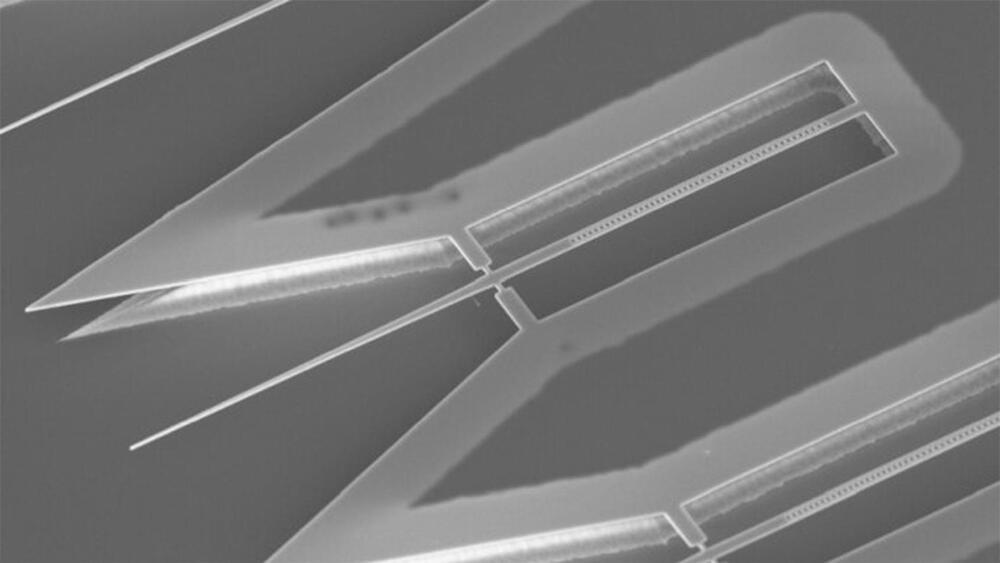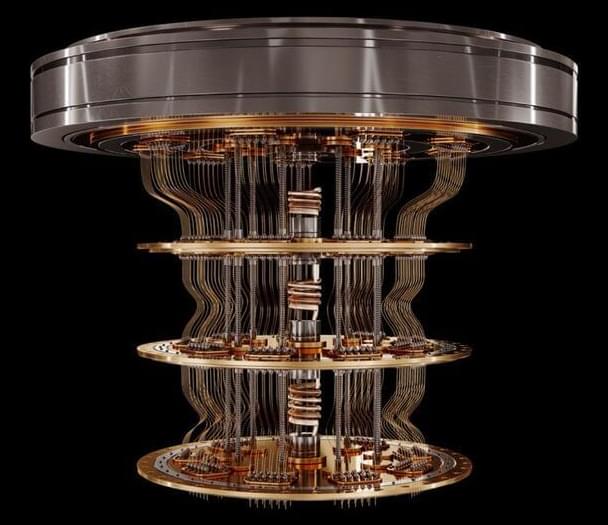A new kind of resonator has the ability to transmit quantum information using single photons from a silicon device tipped with a few dozen erbium atoms.
The quantum internet just got one step closer to reality thanks to a new breakthrough that allows the encoded quantum information to be transmitted over distance.
The quantum internet offers the promise of perfect information security on a quantum mechanical level in the transmission of information using qubits, which will decompose into random information if anyone were to try and intercept it.






